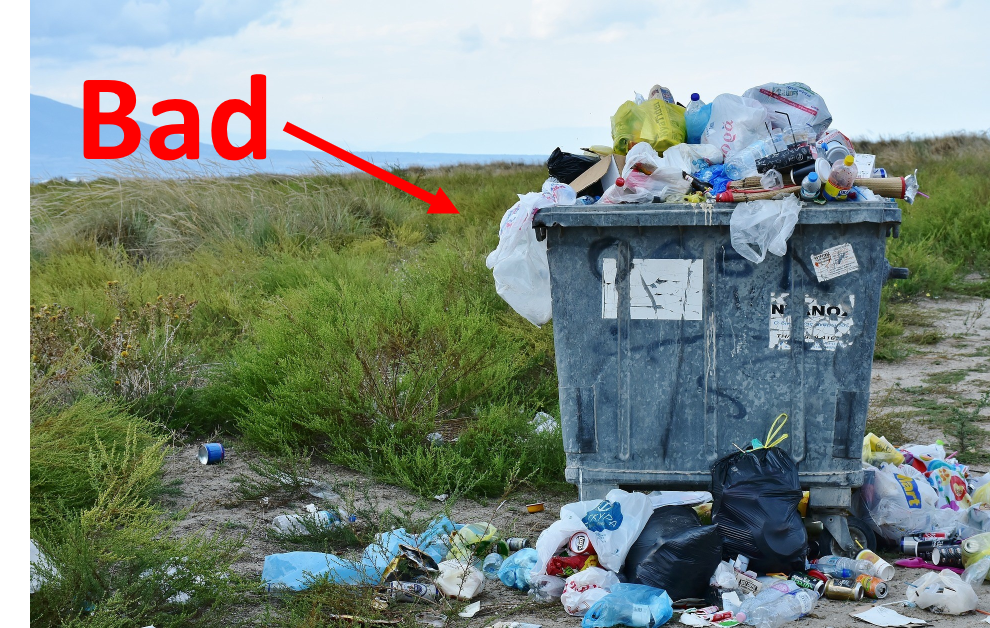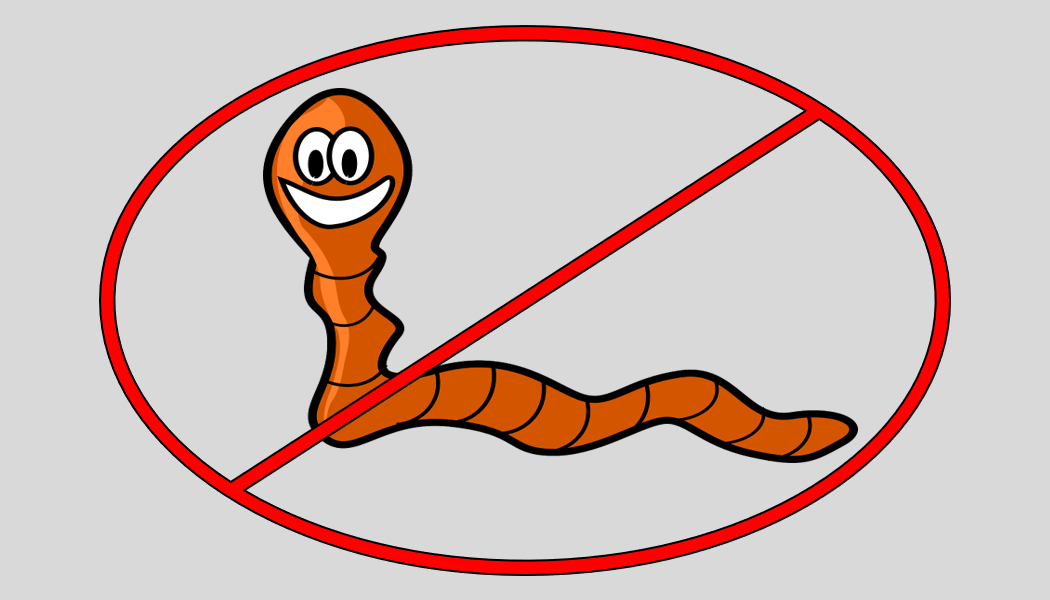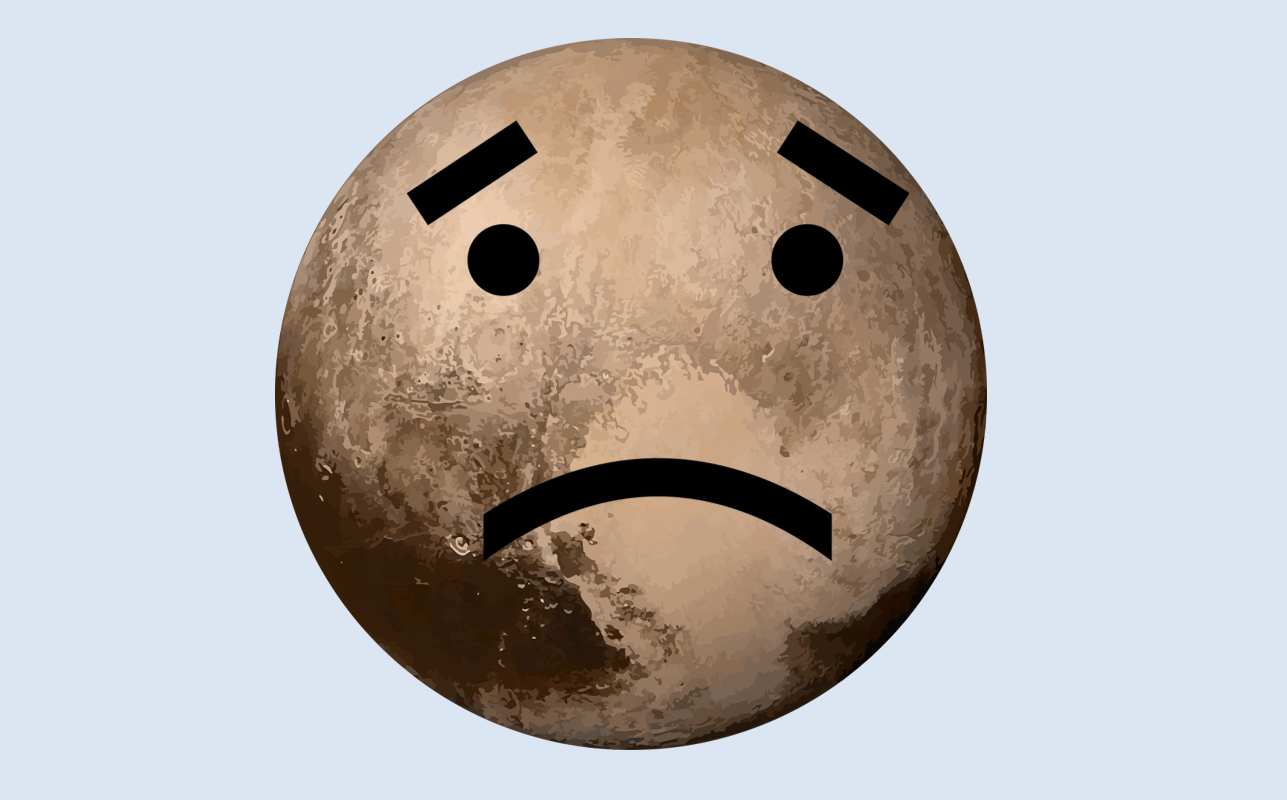The bad science: Several companies are selling soaps that they claim can help you burn fat and lose weight. Not by eating it, just by washing with it. I’m totally serious, check it out here and here.
What do they claim? Here are some of the specific claims I found, rated by the level of scientific implausibility*:
- “Seaweed is proven times and times again that is beneficial to general health

Will not melt away fat and that can help with your weight loss either by consuming it or drinking it as tea, so it’s not that far fetched to assume it could do the same for your body through slimming soap.” Scientific implausibility score = 8/10. If eating or drinking it works (which is doesn’t), then rubbing it all over yourself must too, right?
- “…extract from the deep seaweed soap has special penetrating and emulsifying properties that allow it to penetrate the skin by osmosis and react with the fat deposits that are directly stored beneath the skin and make them blood soluble.” Scientific implausibility score = 8/10. This is nonsense, but I’m giving them credit for using the words “emulsifying” and “osmosis”.
- “…the new dispensation can burn fatty and cellulite in the skin, promote skin metabolism, quick decomposing the surplus fat in the body for the discharge out of the body…” Scientific implausibility score = 9/10. The science here is as bad as the grammar.
- “…the main component of fat cells is water and seaweed extracts dehydrate the cells, thereby shrinking their appearance…” Scientific implausibility score = 10/10. First of all, water is not the main component of fat cells – it’s fat, which is right in the name and is literally the opposite of water. Secondly, even if the soap worked this way, how is it getting rid of the fat???
 Ridiculous question from the internet: I throw my cigarette butts and empty packs out the car window for birds to make nests. Is there anything else I can do for the environment?
Ridiculous question from the internet: I throw my cigarette butts and empty packs out the car window for birds to make nests. Is there anything else I can do for the environment?
Source of said ridiculous question: Yahoo Answers
Science’s answer: How… how on Earth is that helping the environment???? It is absolutely, unequivocally doing the opposite. Cigarette butts are the number one source of litter in the United States. When they have a filter, they are not biodegradable at all – they contain plastic and pile up in the environment. Birds do not make nests out of them, and if they did, that would be a problem, because they are full of poisons! Besides nicotine (itself a dangerous pesticide), there is often benzene, cadmium, and formaldehyde. Trust us – these are bad for anything that comes in contact with your butts, including birds. On top of all of that, they are a fire hazard, particularly in the drier parts of the country. Please stop throwing your cigarette butts out the window!
 Ridiculous question from the internet: Does coal float?
Ridiculous question from the internet: Does coal float?
Source of said ridiculous question: Google autofill
Science’s answer: I’ll start by saying that watching Monty Python is not a good way to learn about science. Very small rocks do not float, and coal doesn’t float either. There is one type of rock that does float, and that is pumice. Pumice is a type of volcanic rock that contains many air bubbles within it. If there are enough air bubbles in the pumice, it will displace more water than it’s own weight, and would therefore float. This is called Archimede’s Principle, and it’s also why large ships made of heavy steel can float.
Here are the answers to the other autocorrect questions: No, no, no, no (discussed above), yes, no, yes, yes?, and no.
 Ridiculous question from the internet: How do I argue that climate change is fake?
Ridiculous question from the internet: How do I argue that climate change is fake?
Source of said ridiculous question: Yahoo Answers
Science’s answer: Look, UYBFS does not endorse spreading viewpoints that are directly contradicted by scientific facts, and that is exactly what you would be doing if you were to argue that climate change is fake. If however, this is an academic exercise – say you’ve been asked to take the anti-science side in a climate change debate for your debate club – our advise is to avoid the facts (pretty much all of which support man-made climate change) and focus on conspiracy theories. Maybe say that the whole climate change thing was made up by China in an attempt to slow the US economy? Sure, no rational person will (or should) believe this, but it will work better than talking about the actual facts.
 Ridiculous question from the internet: How much garbage should I flush down the toilet?
Ridiculous question from the internet: How much garbage should I flush down the toilet?
Source of said ridiculous question: Yahoo Answers
Science’s answer: Why, why, WHY would you think it’s ok to flush garbage down toilets? You shouldn’t do this – ever, and here’s why. When you flush a toilet (or send water down any drain in a house), it can go into three different types of drainage systems. The first and most simple is a straight drainage system into a local water supply. These are rare in most developed countries, but they do exist. It’s easy to guess why putting garbage into these systems is bad – the garbage would go right into the local river, stream, bay, or ocean. That is not where trash should go.
The second type of system is an in-ground, self-contained septic system. These are very common in parts of the country where homes are spread out and connecting them via an in-ground sewer system is not practical. If you flush trash into one of these, you will eventually destroy it, and fixing or rebuilding them can be very expensive – tens of thousands of dollars. If your house or building has it’s own septic system and you have been flushing trash into it for years, my advice is to move ASAP before the system fails and hope that the landlord or home inspector doesn’t find the issue when he tests the system.
The third type of system is the standard sewer system, which connects houses and buildings in a town or city and brings all of the waste from each to a central facility for treatment. These are present in all large cities in developed countries and many smaller cities and towns as well. These systems can handle more then the first two, including ground up biodegradable garbage from in-sink garbage disposals. However, sending non-biodegradable trash into these systems can cause problems – big problems. Most famously, the city of London has been dealing with something called “fatbergs” in it’s sewer system for years. These are congealed masses of cooking oils and fats (which shouldn’t go down garbage disposals because they don’t mix with water) and non-biodegradable trash items like diapers and wet wipes. How bad can these be? Earlier this year, London dealt with a fatberg that was the length of two football fields and weighed as much as 11 buses. It took over 3 weeks to clear it out of the sewer. Don’t flush trash down the toilet.
 Ridiculous question from the internet: Do trees have feelings or feel pain?
Ridiculous question from the internet: Do trees have feelings or feel pain?
Source of said ridiculous question: Google Autofill
Science’s answer: No. The ability to feel pain requires a nervous system to sense painful stimuli and ability to react to it. Plants do not have a central nervous system. What organisms can feel pain? There is no doubt that all vertebrates (animals with a backbone) feel pain. Among non-vertebrate animals, there is good evidence that crustaseans (crabs and lobsters) and cephalopods (squid and octapuses) can feel pain, while for the most part, it seems that insects do not.
Feelings are a bit more complex. It seems likely that all mammals are capable of having “feelings”, of some sort. After that, it’s not clear – maybe some birds (like magpies), and possibly a few other species could have feelings, depending on how you define these feelings. Plants do not have feelings – without a brain and a central nervous system, it’s not possible.
To answer the other autocorrect questions:
- Most trees (>90%) do not have genders, but some do, in particular Ash trees. There are also some trees (like ginkos and yews) that have distinct genders but can switch genders over time.
- Yes, trees have DNA, like all non-viral organisms.
- No, trees do not “sleep”.

What are tapeworms and how do people get them?

Tapeworms are parasitic flatworms. There are over a thousand known species of tapeworm, and at least one of them can infect every known vertebrate animal (vertebrates are animals with a backbone). That includes all birds, reptiles, and fish. Humans can be infected by at least 13 different species of tapeworm. The most common tapeworms in humans are as follows:
- Taenia saginata. The beef tapeworm, which infects humans when they eat raw or under cooked beef.
- Taenia solium. The pork tapeworm, which infects humans when they eat raw or under cooked pork, or if the come in contact with food or water contaminated with pig feces.
- Diphyllobothrium latum. The fish tapeworm, which infects humans when they eat raw or under cooked fresh water fish.
- Echinococcus granulosus. Humans get this from drinking water or eating food contaminated with the feces of infected animals, or from eating raw or under cooked meat.
Today’s chemical: Radon
What is radon?
Radon is an element with the atomic number of 86. Radon is always radioactive, which means it is unstable and releases energy in the form of alpha decay radioactivity (other types of radioactive decay include beta and gamma decay). Usually, in terms of human health, alpha decay radioactivity is the least concerning, because the alpha particles generally cannot penetrate through clothes or skin. Radon, unfortunately, is a gas, and that makes it dangerous, because you can breathe it in, and once inside you, the radioactivity can damage your lungs.
How are people exposed to radon?
Radon doesn’t hang around very long; it has a half-life of less than 4 days. However, it is a breakdown product of uranium and thorium, which are two of the most common radioactive elements in the Earth’s crust. This means that if there is any uranium or thorium in the soil, radon will always be present, because it is constantly being generated by the decay of these other radioactive elements. Radon is actually just one stop on a long chain of “daughter” elements in the stages of decay for uranium and thorium, as they eventually decay into lead, but it is the one we are most concerned with because it is the only one that is a gas, while all the rest are solids.
Things started out really well for Pluto in the eyes of those of us Earthlings. It was formed 4.6 billion years ago with the rest of our solar system, and since then had been hanging out in a distant orbit around the sun. Clyde W Tombaugh discovered Pluto in 1930, and it was named after the Greek god of the underworld, apparently based on the advice of an 11-year old girl. At this point, it became the 9th planet in our solar system, and it remained a planet in the eyes of humanity for many years, the Pizza that our mothers served us in the old school mnemonic:
My Very Excellent Mother Just Served Us Nine Pizzas.
But things started to change for Pluto in 1978. It was then that Pluto’s moon Charon was discovered. The presence of the moon allowed astronomers to calculate Pluto’s size accurately based on Charon’s orbit. It turned out that Pluto was really small. Originally thought to be larger than Mercury, it turns out Pluto was way smaller – only 1/25th the size of Earth and smaller than 7 moons in our solar system: Jupiter’s Ganymede, Callisto, Io, and Europa, Saturn’s Titan, the Earth’s moon, and Neptune’s Triton. That didn’t seem very planet-like…

Ridiculous question from the internet: If we are just chemicals, molecules, then each molecule must also be self aware, mustn’t it?
Source of said ridiculous question: Quora.com
Science’s answer: Nope. Think of it this way: you wouldn’t say that the molecules in a glass of sugar water were self aware, right? If you were to drink the sugar water, some of the molecules of water and sugar would end up in your brain, but would still not be self-aware. “Self awareness” is the ability to recognize yourself as separate from other similar organisms. Some say that this requires the ability to communicate on some level, since in order to recognize yourself as different from others, you would need a “name” to call yourself. It is believed that, besides humans, apes, monkeys, elephants, dolphins, and magpies are capable of self-awareness. Individual molecules are not.
On the way to school Oliver and Edward were walking next to the Liten Burial Ground, a local cemetery located in Basingstoke in south central England.
They walked along their daily route to school, but this time, something unusual caught their attention: The boys heard a faded screaming voice coming from one of the graves, but it was too quiet understand the words.
“Do you hear that or am I just going crazy?!” Oliver asked Edward in disbelief.
“Bloody Mary! I do! It sounds like somebody shouting through a glass jar,” said Edward, “What should we do?”
“If we go explore the cemetery now, we’ll be late for class and get in trouble. Let’s tell the headmaster about this. Adults always know what to do.” Said Oliver.
Oliver and Edward ran quickly to their school and approached their school headmaster.
“Mr. Thomson, there are voices coming out from the graveyard!” Oliver cried out to his teacher.
“That’s nonsense! Young men should not be running around and telling lies about the deceased.” Said Mr. Thomson, “For our next class, read the remainder of book of Exodus and then present a summary of it in front of the entire class. Edward, you look guilty, so you’ll help Oliver.” Mr. Thomson added angrily.
“But, Mr. Thomson, we are not lying! There REALLY are voices coming from the cemetery.” Said Oliver with tears in his eyes.
“You should know better than that. Discussion is over!” Said Mr. Thomson to Oliver and Edward and the boys walked away.
***
The boys were not lying – the screaming was the voice of Mrs. Blunden, who had the misfortune of being buried before she was actually dead in Basingstoke England, in mid-July of 1674. Several people that day repeated Oliver’s and Edward’s claims, but by the time the grave was re-opened it was too late. Mrs. Blunden’s nails were covered with blood and her coffin was scratched from the inside in her attempts to escape.Continue reading…










